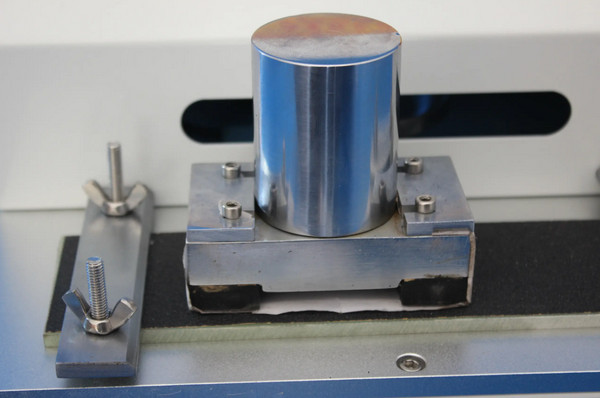What are some common types of leather and footwear tests?

Leather and footwear are indispensable in our daily life, and their quality is directly related to our comfort and service life. And in order to ensure the quality of leather and footwear, we need to conduct various tests to check their performance. So, what are the common types of Leather and Footwear Test? Let's take a closer look at them.

1. Physical Test
Physical testing is one of the most basic tests performed on leather and footwear. These tests usually include tensile tests, tear tests, abrasion tests, resistance tests, etc. Through these tests, the strength, flexibility, abrasion resistance, tensile strength and other properties of leather and footwear can be detected.
2. Chemical test
Chemical tests usually target the composition of leather and footwear, because good quality leather and footwear are usually made of high quality raw materials. These tests include acidity, PH value, heavy metal content, etc. A good composition structure ensures the wear resistance, softness and comfort level of leather and footwear.
3. Climatic conditions test
Climatic condition tests test the performance of leather and footwear under various climatic conditions. These tests can include high temperature, low temperature, humidity, dryness, etc. All of these factors can have an impact on the quality of leather and footwear, so these tests can help manufacturers determine the materials used to produce leather and footwear and how it is used to ensure its quality performance.
4. Functional testing
Functional testing includes a variety of special performance tests, such as: waterproof performance testing, anti-static testing, anti-slip performance testing, etc. These tests usually require the use of professional testing equipment and facilities. Through the testing of these special tests, manufacturers can determine the reliability and performance of the product under unique environmental and use conditions.

5. Ergonomics Testing
Ergonomic tests are tests that address aspects of footwear design, comfort, and foot support. These tests typically include an evaluation of the length, width, flexibility, muscle support, etc. inside the shoe. These tests can help manufacturers design footwear that is more ergonomically appropriate to meet consumers' needs for comfort and health.
In summary, these are the common types of Leather and Footwear Test. These testing processes are often performed by manufacturers to ensure product quality and reliability, and to gain a better evaluation and reputation in the marketplace. At the same time, consumers can also choose better quality leather and footwear through these tests to protect their rights.
2023-04-10 13:07


